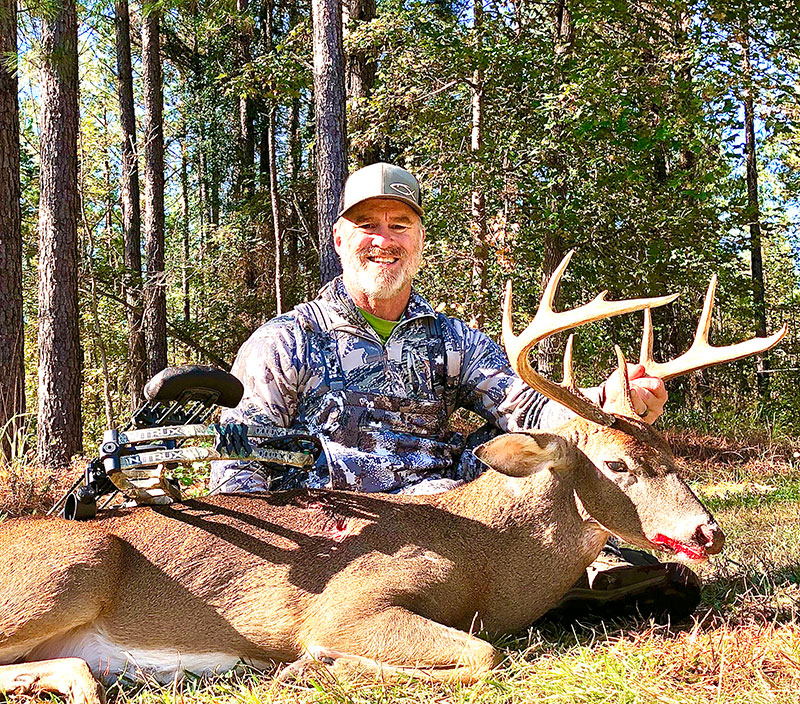
The sweat was rolling down my forehead and threatening to drop into my eyes as the buck fed lazily along the edge of an agriculture field I was hunting. It was Sept. 1. The mercury was pushing triple digits, and the mosquitos were so thick I questioned why God did not send these to Pharoah. As the buck eased closer, I readied my bow and prepared for the shot.
Hunts like this begin several months in advance. Many hunters realize that the real challenge is not in releasing an arrow at a good buck. Rather, it is putting yourself in the right spot for the buck to come by unsuspectingly.
Early season is one of the better chances to arrow a big buck. For nearly 7 months, they have been largely undisturbed, feeding leisurely along day after day. Their travel routes to their feeding areas are well defined. Their food source can be identified readily. The challenge for the bow hunter is putting your stand in the right tree to get you that killing shot you want.
Early is a lot like late
It is interesting how early season and late season are so similar in their approaches. It’s all about the food. Early season bucks have one thing on their mind, and that is eating. Whether you are hunting agriculture fields or big woods, it is all about the food.
Granted, if you have agriculture fields, it is a lot easier to discover where the bucks are feeding. The challenge here is determining where the bucks are accessing these fields. This is where many hunters rely on long distance scouting to pinpoint the exact location the bucks are entering the fields. Sitting at a vantage point and using binoculars or spotting scopes to watch the deer enter the fields in the evenings will narrow your options.
Another tactic is to simply walk the perimeter of the fields and see where the most browsing is occurring and identify access trails. Once identified, set your stand about 30 yards from these trails. The key here is to be close, but not too close, to their trails. Access to these stands is critical as well. If you alert the deer to your presence beforehand, your hunt is over before it begins. When keying in on agriculture fields, plan on hunting the afternoons only. All of this is the same if hunting a food plot, which is essentially an agriculture field.
If you do not have the luxury of agriculture fields in early season, a similar tactic is using bait to concentrate deer to a food source. The biggest difference is that you can decide where to put the food source and force the deer to specific travel corridors. Archers who hunt over bait should place the bait 15 to 20 yards from their stands and use climbing sticks and lock-on style stands. A good height for this set up is 20 to 24 feet above the food source. Remember that as you get higher in the tree, the shot angle increases, and your effective kill zone shrinks.
Find water sources
The last tactic that is often overlooked but is essential in early season is hunting over a good water source. Whitetail deer need to drink a minimum of 2 quarts of water a day. During the heat of the summer, this amount will increase to 4 to 6 quarts of water daily. Most deer, when heading to a food source, will hit the watering holes on their way to the food. If you have a stable water source, key in on this area for the bucks to show up well before dark to get a drink on their way to the food.
Many archers will bury cattle troughs to near the tip of the trough and fill with water for deer. Kiddie pools and plastic barrels cut vertically are other options.
Providing a water source for deer not only makes the herd healthier, but it also provides a great ambush location for early season archers. If water is available for me to hunt during the sweltering early season, I will choose the watering hole over food every time.
Stick to the basics:
Food is No. 1 on a deer’s mind in the early season, but hunters will find success if they focus on watering holes, and even by creating their own water sources for their deer herd.

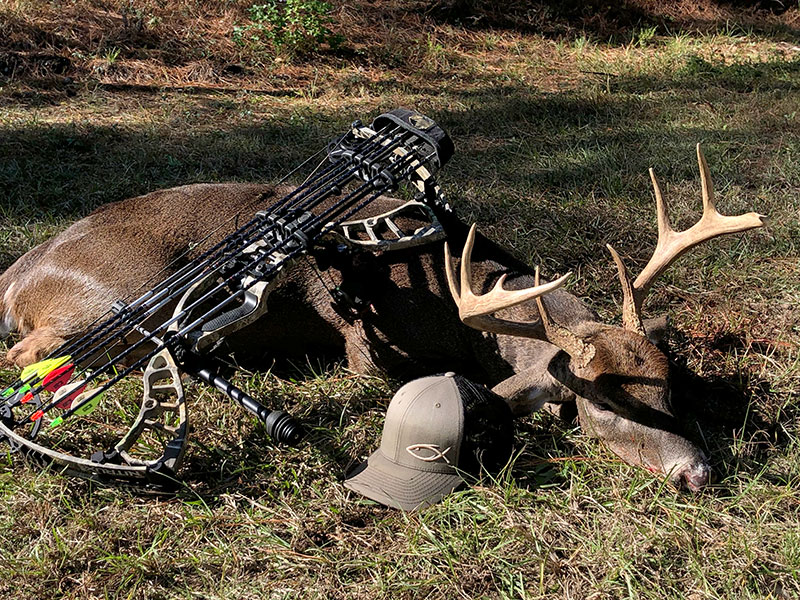
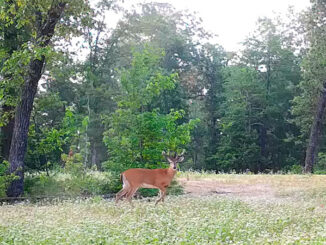
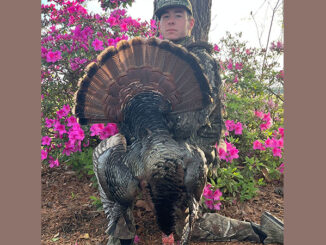
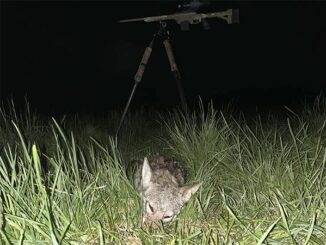

Be the first to comment